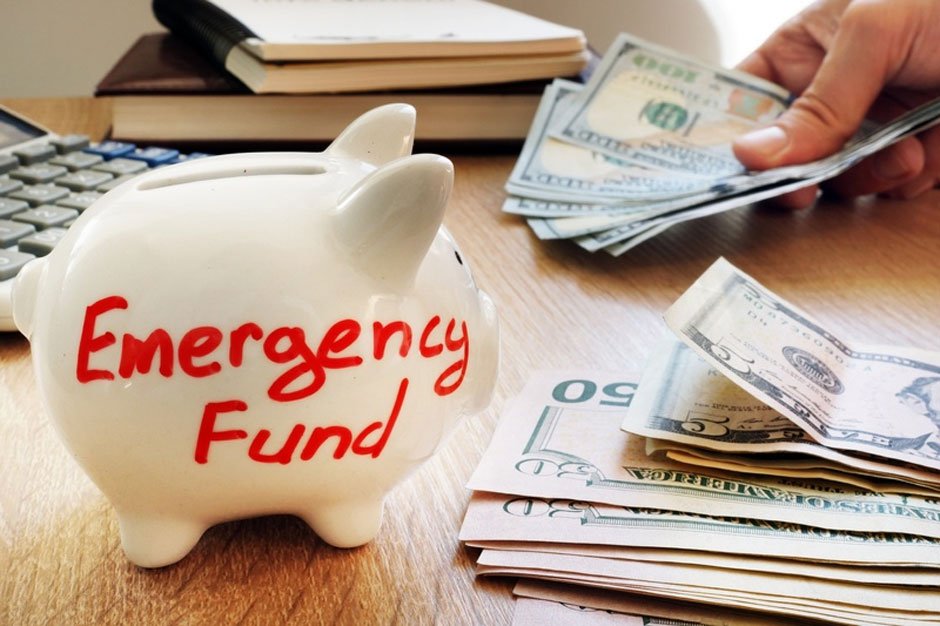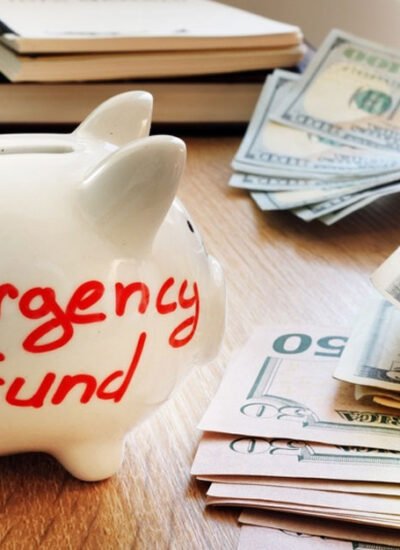 Life is full of surprises, and some of them can come with a price tag we aren’t ready for. That’s where an emergency fund steps in as your financial safety net. But building that fund can feel overwhelming if you’re going it alone, especially if you’re working through debt relief or juggling multiple expenses. The good news is you don’t have to do it solo. Creating an emergency fund as a team—with your partner, family, or even close friends—can bring a powerful sense of security and peace of mind.
Life is full of surprises, and some of them can come with a price tag we aren’t ready for. That’s where an emergency fund steps in as your financial safety net. But building that fund can feel overwhelming if you’re going it alone, especially if you’re working through debt relief or juggling multiple expenses. The good news is you don’t have to do it solo. Creating an emergency fund as a team—with your partner, family, or even close friends—can bring a powerful sense of security and peace of mind.
Pooling resources and working together to save not only makes the goal more achievable but also strengthens trust and communication. Let’s walk through how to build an emergency fund together, with practical steps and expert tips to keep you motivated and on track.
Why Build an Emergency Fund as a Team?
Saving for unexpected expenses—like car repairs, medical bills, or job loss—is stressful enough. When you share this goal with others, you lighten the load and multiply your chances of success.
If you’re currently focusing on debt relief, an emergency fund is crucial to prevent taking on new debt when surprises hit. Teamwork can help you balance saving with paying down debt in a way that feels manageable and encouraging.
Plus, having a joint fund creates a financial partnership that promotes transparency and shared responsibility, which is vital in any relationship.
Starting the Conversation: Aligning on Goals
Before opening a joint emergency fund, sit down together and talk about what you want to achieve. How much should you aim to save? Experts often recommend three to six months’ worth of living expenses, but your target can vary based on your situation.
Discuss what counts as an emergency. Is it only major, unexpected costs, or will you also tap into the fund for smaller surprises? Setting clear guidelines helps prevent disagreements later.
Agreeing on these basics makes everyone feel heard and committed.
Deciding How to Contribute
Next, decide how much each person can contribute and how often. Contributions might be equal or adjusted based on income or other financial obligations.
Automate deposits if possible, set up regular transfers from individual accounts to the joint emergency fund. This removes the guesswork and helps the fund grow steadily.
If anyone struggles to contribute regularly, be understanding and flexible. The goal is progress, not perfection.
Choosing the Right Account
Where you keep your emergency fund matters. It should be in a safe, accessible place but not so easy to spend that temptation wins.
A high-yield savings account is a popular choice because it earns interest and can be accessed quickly. Avoid investing emergency money in stocks or other volatile options where your funds might be unavailable when needed.
Ensure all contributors have clear access and understand how to use the account responsibly.
Tracking Progress and Celebrating Milestones
Regularly review the balance together. Seeing the fund grow is motivating and keeps everyone accountable.
Celebrate milestones, like reaching the first $500 or hitting one month’s worth of expenses saved. These small wins build momentum and reinforce your team effort.
Consider setting up a shared spreadsheet or app to track contributions and expenses transparently.
Using the Fund Wisely
Remember, an emergency fund is for true emergencies—not everyday spending or wants. Agree on what qualifies, so the fund lasts when it really matters.
If you need to use the fund, discuss how and when to replenish it. Getting back on track together strengthens your financial resilience.
Balancing Emergency Savings with Debt Relief
For those working through debt relief, balancing saving with debt payments can be tricky. Experts often recommend building a small emergency cushion first—perhaps $1,000—before aggressively paying down debt.
This prevents new debt from sneaking in when unexpected expenses arise. Once the fund reaches a comfortable level, you can shift focus to accelerating debt repayment.
Working together allows you to adjust priorities based on your combined financial picture.
Handling Challenges as a Team
Money conversations can be tough, and challenges may arise. If contributions slow or emergencies drain the fund, communicate openly without blame.
Remember, this is a team effort with shared goals. Flexibility and support help you navigate setbacks and stay on course.
When to Seek Professional Advice
Sometimes building an emergency fund alongside debt relief or complex finances benefits from professional guidance. Financial advisors or credit counselors can help create a balanced plan tailored to your unique situation.
Don’t hesitate to ask for help—it’s part of building a strong financial foundation together.
Final Thoughts
Building an emergency fund as a team transforms what can feel like a daunting task into an achievable goal. It brings not only financial security but also emotional support and stronger relationships.
Whether you’re partners, family members, or close friends, pooling your resources and working together means you’re ready to face life’s unexpected moments with confidence.
Start the conversation today, set clear goals, and take steady steps forward. Together, you’ll build a safety net that protects you both financially and emotionally.





Leave a Reply